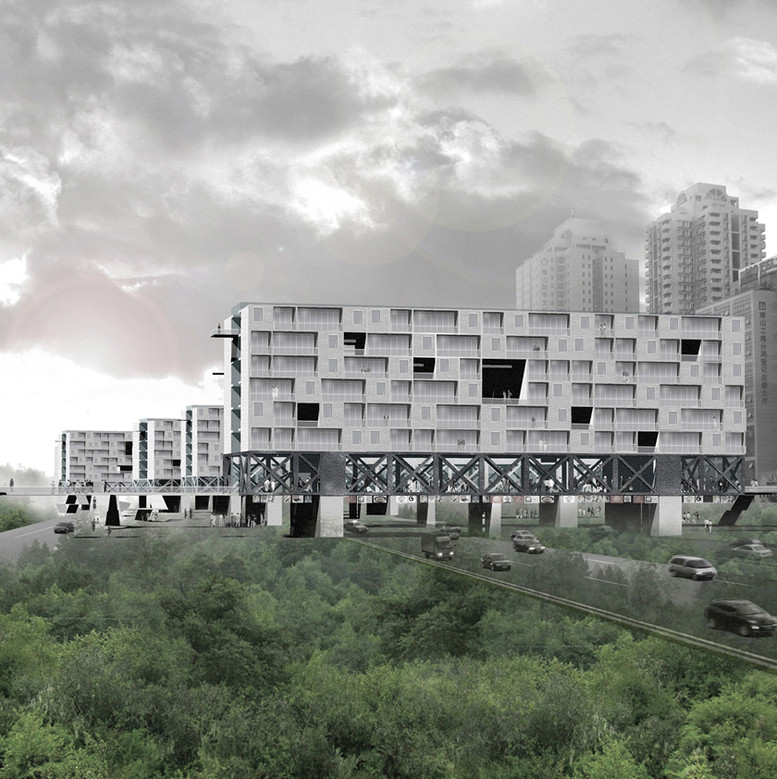
In the 1970s roughly 20 percent of all US college courses were taught by adjuncts. In recent years, especially since the global financial meltdown, the number of adjunct professors has exploded to the point where they might be considered a floating population of migrant laborers. According to a report from the National Education Association (NEA), currently more than half of all US college courses are taught by adjuncts, or what Sarah Kendzior calls “Academia’s Indentured Servants.”
The 2013 American Association of University Professors annual report paints an even bleaker picture, finding that 76 percent of the academic workforce is made up of adjunct, part-time faculty, teaching graduate students, and non-tenure track, full-time professors.
We have entered an era in higher education where many alarming forces are converging.






















